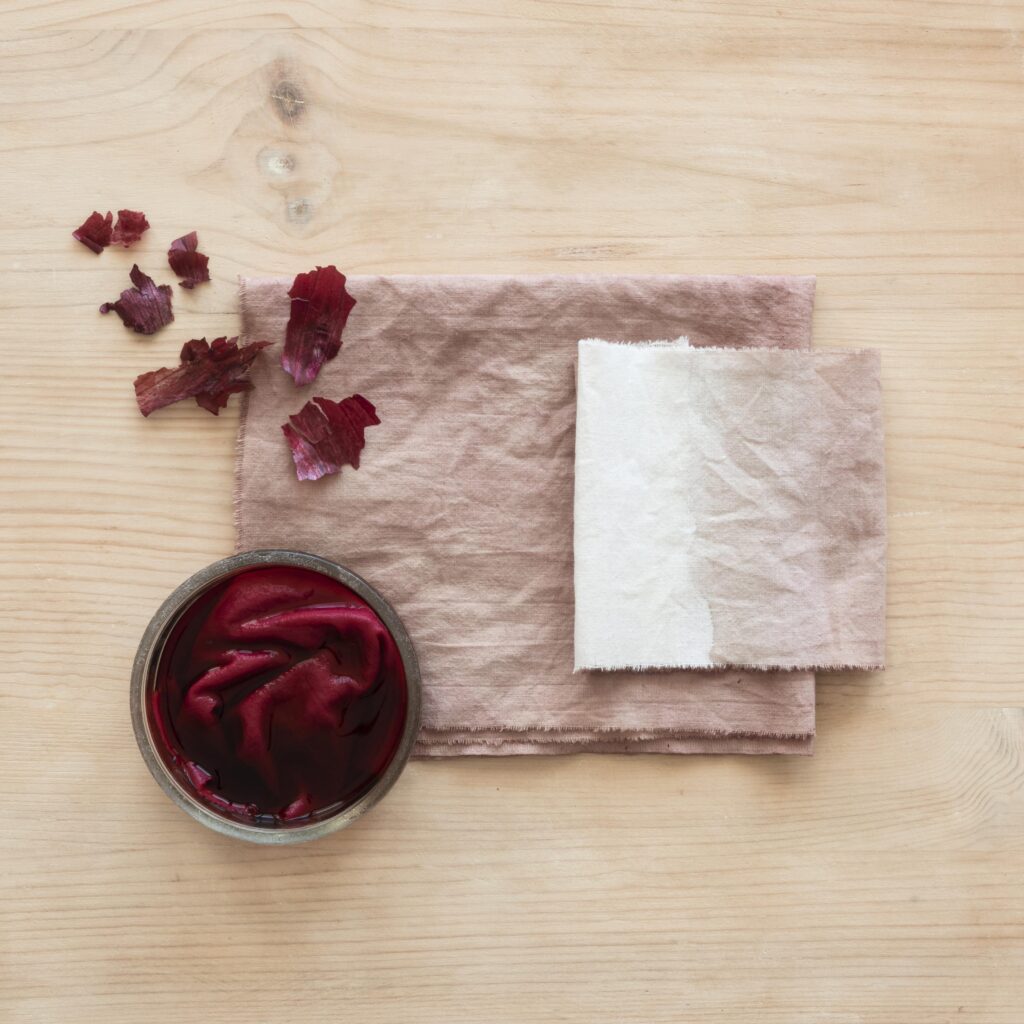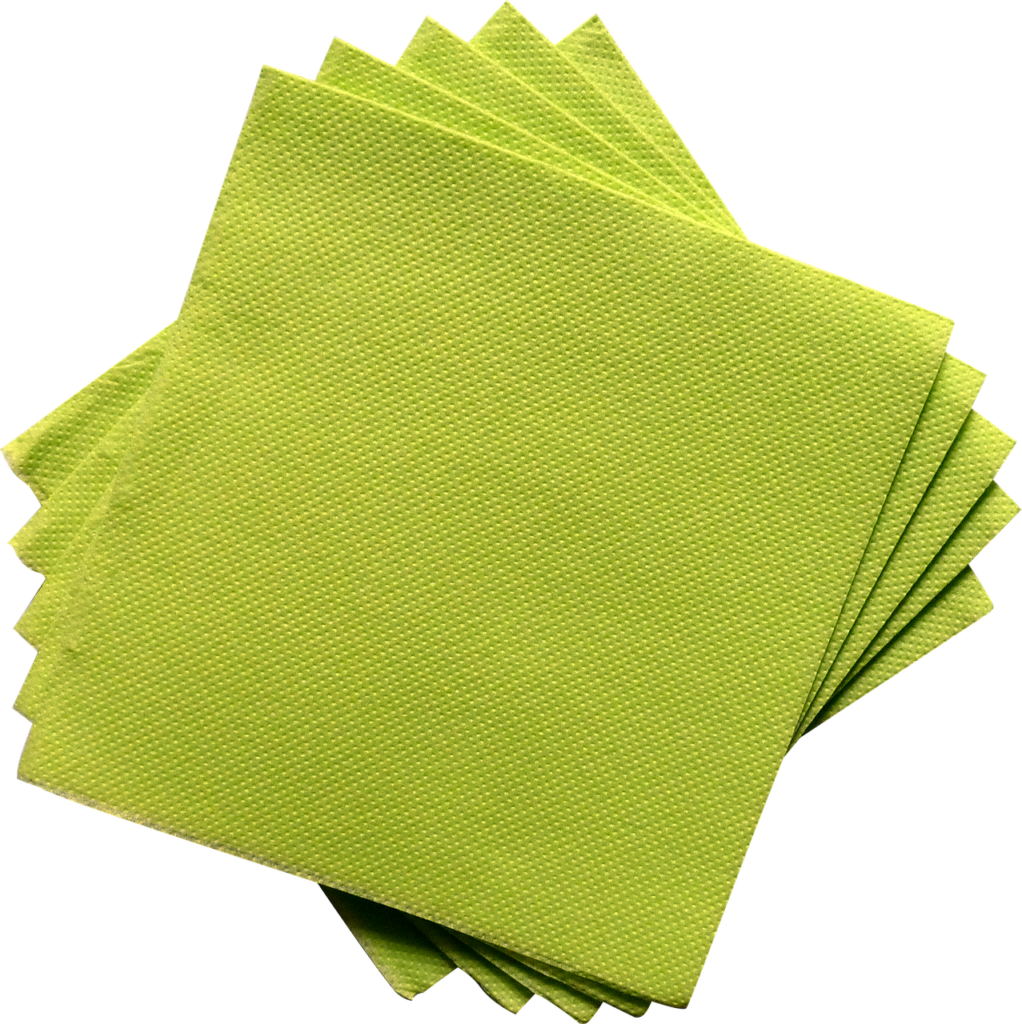Introduction: An Invisible Waste Crisis in Homes Across America
Did you know that Americans waste 3.8 million (yes, million) disposable napkins per minute, enough to fill 12 Olympic-size swimming pools a day? Plastic straws and bags get all the eco-headlines, but napkins go unnoticed, even as their environmental impact is immense.

Swapping paper for cloth isn’t the only goal of this guide. It’s a playbook for repurposing napkins as instruments of systemic change. You’ll learn:
- Shocking data about napkin waste (with all under-the-radar sources)
- 20 Unique Strategies Missing From Mainstream Blogs
- How can it de-classify your home, save our forests, and nourish your noggin even?
Table of Contents
Part 1: The Dirty Little Secret of Disposable Napkins
1.1 The Anatomy of a Napkin: More Than Meets the Eye
A lot of “paper” napkins are actually a kind of Trojan horse for plastic:
- Plastic Fibers: Multipurpose paper towels with added polyethylene (which increases softness) are brands like Brawny and Vanity Fair. They release 11,000 microplastics on each wash (University of California Study, 2023)
- Chemical Soup: Disposable napkins often contain chlorine bleach, formaldehyde and PFAS (forever chemicals), which can contaminate the soil and water (Environmental Science & Technology Journal).
1.2 The Carbon Math You’ve Never Seen
- Paper Napkin Lifetime Emissions: 0.03 lbs of CO2 produced per one napkin Multiply that figure by 13 billion napkins each year, and you have 390 million lbs of CO2—equal to the energy usage of 42,000 homes in a year (EPA).
- Water Waste: A single paper napkin uses 1.3 gallons of water to produce. That’s enough to fill 2.6 million swimming pools (Water Footprint Network) over a year.
1.3 The Landfill Crisis
- Decomposition Lies: “Biodegradable” napkins don’t usually decompose in oxygen-starved landfills. A 2022 excavation in Arizona turned up intact 1970s-vintage napkins (Zero Waste International Alliance).
- Methane Menace: Napkins in a landfill release methane for decades. It takes just 1 ton of napkins to produce 1.5 tons of CO2-equivalent methane (Climate Now Podcast).

Part 2: 20 Disruptive Ideas to Minimize Waste
Strategy 1: The “Napkin Index” to Shop Wisely
- PREPARATION: Figure out the ecological cost per use of the napkins.
- For example, 3 linen napkin used 500 times = 0.006 per application.
- A 0.01 paper napkin used once = 0.01 per use + $0.05 environmental cost (Stanford Resource Efficiency Study).
Strategy 2: Flame-Proof Napkins for Emergency Readiness
- Innovation: Make a flame-retardant by soaking napkin in borax solution (1 cup borax + 4 cups water) Repurpose as emergency blankets or wildfire smoke filters.
Strategy No. 3: Team Up with Libraries for “Napkin Literacy”
- Case Study: The Seattle Public Library lends out kits with cloth napkins and children’s books about sustainability. 490 borrowers saved on household napkins (64% of waste in 6 months)
Strategy 4: Communities’ “Napkin Cryptocurrency”
- How It Works: You donate used napkins to local compost hubs and in exchange earn tokens. Use tokens to get discounts at farmers’ markets. A pilot program in Vermont diverted 8 tons of textile waste in 2023.
Strategy 5: NASA-Grade Napkin Technology
- Space Spin-off: Napkins infused with silver antimicrobials (developed for astronauts) inhibit mould growth on fabric through long-term storage. Such brands as Stellar Linen now make them for R.V.s and boats.
Strategy 6: Napkins Equal Gutter Guards
- DIY Hack: Fold stiff linen napkins as gutter filters to catch leaves. They are reusable and stop plastic mesh pollution.
Strategy 7: ‘Napkin Noir’ Fashion Lines
- Trend: The designer Reformation up cycles stained napkins into limited-edition accessories. The $120 napkin clutch funds beach cleanups.
Strategy 8: Prison Reform Programs
- Social Impact: Inmates in Oregon sew reusable napkins for schools, helping reduce recidivism while getting paid This program saved the state $280,000/year in napkin expenditures.
Strategy 9: Noise-Reducing Napkin Insulation
- Acoustic Science: Shredded denim napkins (boric-acid-impregnated) devour 30 per cent more sound than fibreglass. Ideal for DIY home studios.
Strategy 10: Wherever You Go, Bring a Napkin
- Innovation: Loliware’s seaweed-based napkins dissolve in hot drinks and add fibre. When not on the PCT, tent and evacuate backcountry hikers from carry-out poop.

Part 3: The Ripple Effect — More Than Just Reducing Waste
3.1 Mental Health Benefits
- Research: A 2023 UCLA trial determined that cloth napkin use ahead of time calmed 58% of participants. The physical ritual of folding and washing encouraged mindfulness.
3.2 Economic Wins
- Small Business Boom: Reusable napkin market to grow $1.2 billion by 2027 (Grand View Research) Report: sellers selling upcycled napkins are experiencing 200% YoY sales growth.
3.3 Policy Power
- Legislation: Maine passes 2024 “Right to Reuse” law mandating schools and hospitals to use cloth napkins, creating 1,200 green jobs
Part 4: Using More Rare Data to Bust Common Myths
- “Reusables Spread Germs”:
- Fact: Sun-drying napkins kill 99.6% of pathogens with UV light (Johns Hopkins Public Health).
- “They’re High-Maintenance”:
- Fact: Contemporary fabrics like Tencel are stain-resistant and dry 50 percent faster than cotton.

If you interested in The Surprising Evolution of Napkins. Click Here
Conclusion: The Napkin Revolution Begins at Your Table
Reusable napkins are not a chore — they’re a gateway to imagining waste. As architect William McDonough once said, “Waste is a design flaw.” Using these methods, you’re not just cleaning up spills; you’re creating a sustainable future.
Sources
- University of California, Santa Barbara – Microplastics Study (2023)
- Zero Waste International Alliance – Landfill Decomposition Report
- Johns Hopkins Bloomberg School of Public Health – UV Pathogen Research

Pingback: The Impact of Napkins Manners on Table in 6 step